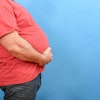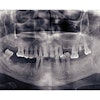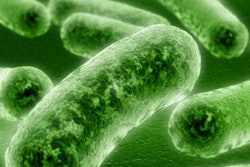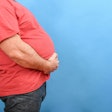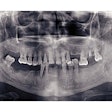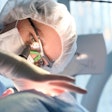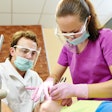A scientific team from the Forsyth Institute says it has discovered new links between certain oral bacteria and obesity. In a recent study, the researchers demonstrated that the salivary bacterial composition of overweight women differs from that of nonoverweight women (Journal of Dental Research, July 8, 2009).
This preliminary work may provide clues to interactions between oral bacteria and the pathology of obesity, and may help investigators learn new avenues for fighting the obesity epidemic, according to the researchers.
"There has been a worldwide explosion of obesity, with many contributing factors," said J. Max Goodson, D.D.S., Ph.D., senior author of the study, in a press release. "However, the inflammatory nature of the disease is also recognized. This led me to question potential unknown contributing causes of obesity. Could it be an epidemic involving an infectious agent?"
To measure the salivary bacterial populations of overweight women, researchers collected samples from 313 women with a body mass index between 27 and 32 (classifying them as overweight). Using DNA analysis, they measured the bacterial populations of this group and compared it with historical data from 232 individuals who were not overweight. Significant differences in 7 of the 40 species studied occurred in the salivary bacteria of subjects in the overweight group.
In addition, more than 98% of the overweight women could be identified by the presence of a single bacterial species, called Selenomonas noxia, at levels greater than 1.05% of the total salivary bacteria. These data suggest that the composition of salivary bacteria changes in overweight women. It seems likely that these bacterial species could serve as indicators of a developing overweight condition and possibly be related to the underlying causation, according to the researchers.
The reasons for a relationship between obesity and oral bacteria are likely complex, Dr. Goodson noted. The observed relationship may be circumstantial as being related to diet or opportunistic due to metabolic changes.
In the next phase of this research, Dr. Goodson plans to further examine this relationship by initially conducting a controlled cohort study to see if this initial observation can be reproduced. In addition, he hopes to conduct longitudinal studies in children to see if oral infection relates to weight gain. Ultimately, the development of strategies to eliminate specific oral bacteria would be required to provide definitive evidence that certain oral bacteria may be responsible for weight gain.
This work was supported in part by Interleukin Genetics and a grant from the National Institute of Dental and Craniofacial Research.
Copyright © 2009 DrBicuspid.com
